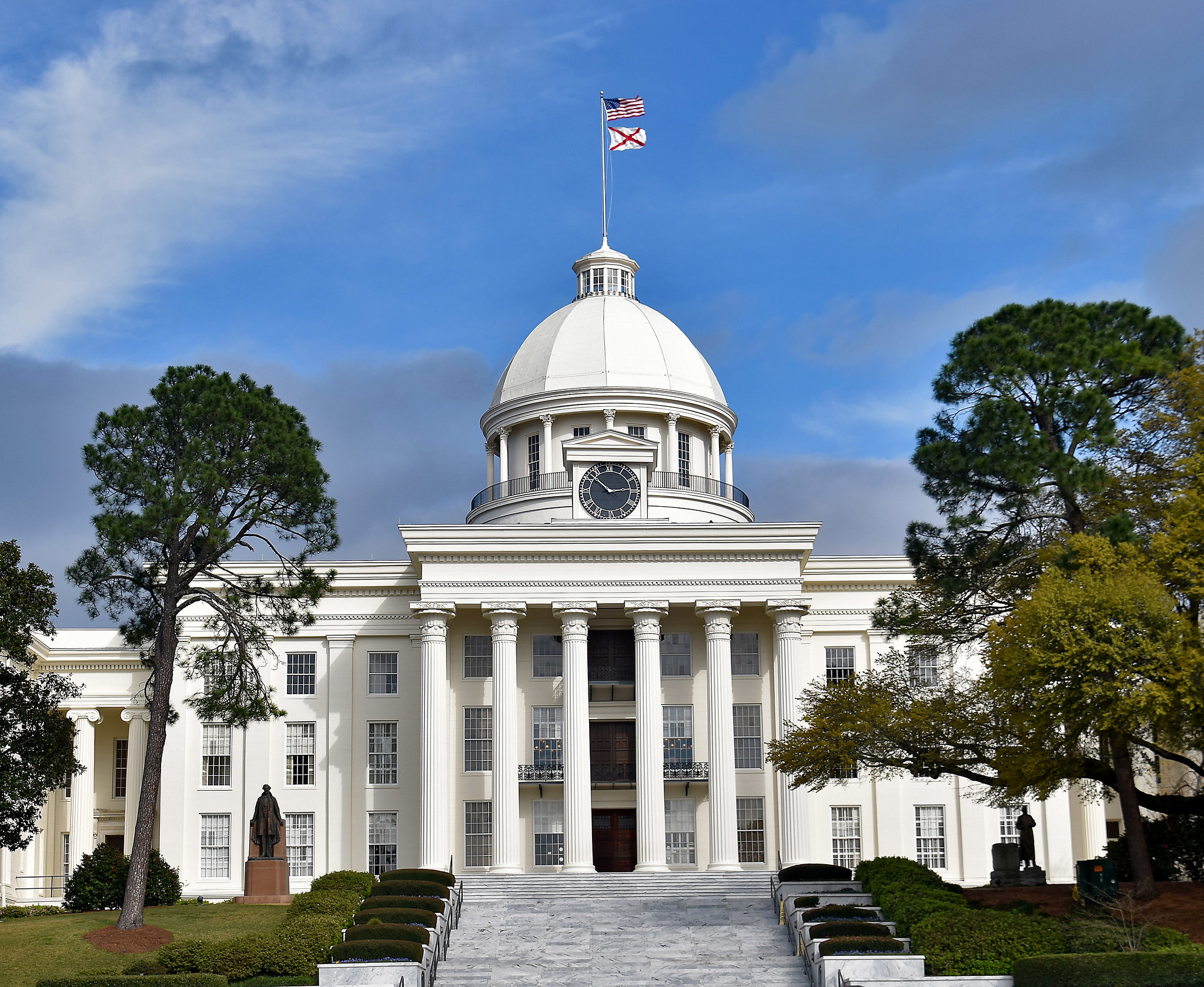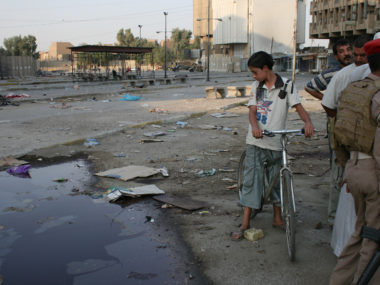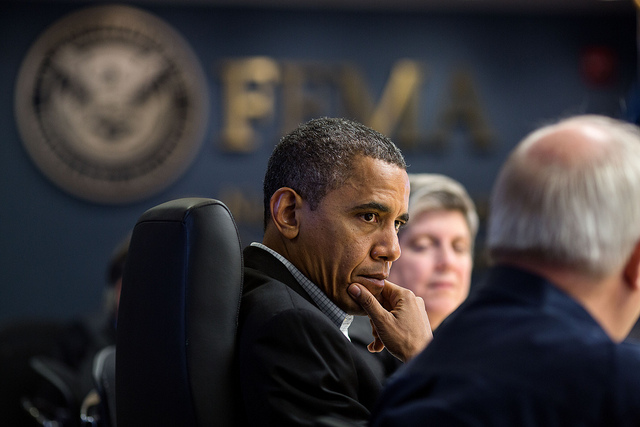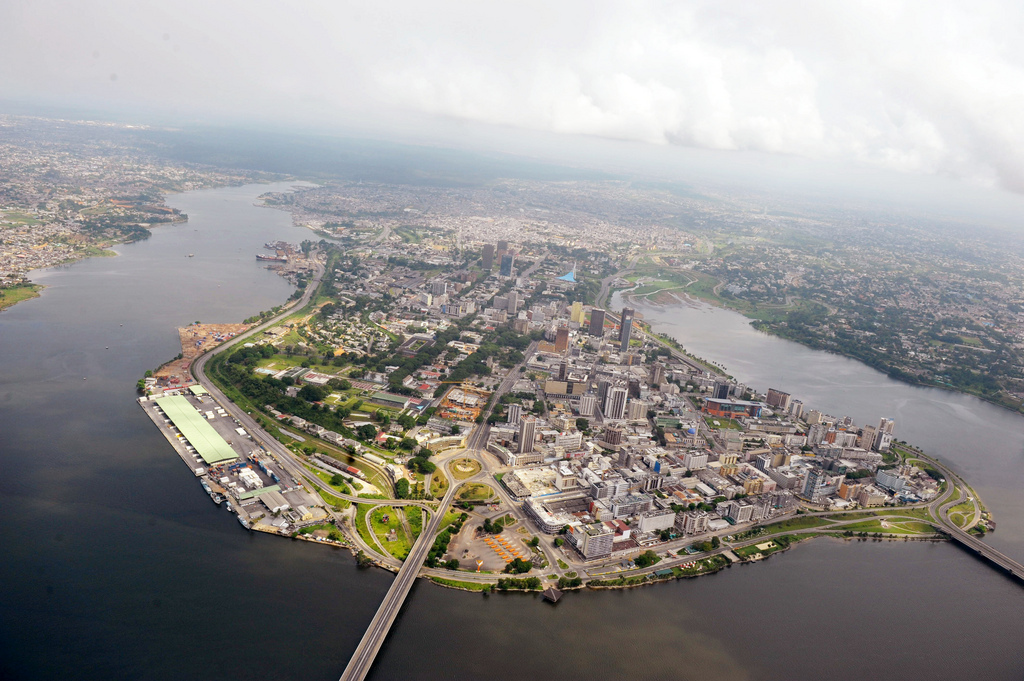By Marie Berry for Denver Dialogues.
“Our fight is not only for abortion—it is for autonomy, it is for freedom.” – Nina, activist, Argentina (2019)
The alarming rollback of abortion rights in Georgia, Alabama, Missouri and elsewhere over the past few weeks has rightfully provoked outrage and alarm among those concerned with women’s rights around the globe. What people are not speaking about is how this is a form of state violence.
I recall sitting in an interview with a young woman in Rwanda years ago who described how she was desperately afraid of getting pregnant. She told me about several of her friends from secondary school who had gotten pregnant and sought (illegal) abortions. One died of “tuberculosis”—at least that is what her family said, though she more likely died of an infection linked to the procedure. Another passed out in a pool of her own blood after taking a cocktail of herbs from a local midwife; she woke up later in the hospital handcuffed to her bed. As soon as she recovered, she was arrested and thrown in jail. I heard so many similar stories over the subsequent years.
Last week, I interviewed a woman in Ireland who, during her third pregnancy, discovered her fetus had a fatal abnormality at her 20-week scan. Her doctor informed her that her child would never survive past birth. Because abortion was illegal in Ireland at the time (2015), she was forced to go home and wait until her child died inside of her. During the five excruciating weeks that followed, she described the emotional and physical agony as she slowly felt her daughter’s kicks becoming weaker and less frequent. She described how her body became unzipped from her mind as she was trapped in a form of living hell.
Pro-choice activists and scholars have shifted our debate about abortion away from the parochial conversations about morality and whether life begins after conception. Instead, we frequently frame abortion rights in terms of health care and human rights. These frames are essential, but they don’t fully capture the violence that abortion restrictions enable. Violence that leads 25 million women to seek unsafe abortions each year; that leads perhaps 47,000 women a year to die from illegal abortions (estimates on the number of annual deaths from unsafe abortions vary widely—see different estimates here or here); and that permits states to permeate the intimate bodies of its residents.
States’ histories of restricting reproductive autonomy are often overlooked in conversations about security. The US, for instance, was founded on an economic system rooted in enslaved labor. When the international trade in enslaved labor formally was abolished in 1808, “breeding schemes” that forced enslaved women to bear offspring—either through partnership or through rape—became the way for slaveowners to enrich themselves through the increased labor and market value of additional children (i.e., “property”). Abolition meant a dramatic reversal: no longer were black women expected to produce offspring; rather, and particularly by the turn of the 20th century, their reproduction had to be controlled, as it no longer served white capitalists. Eugenics policies followed, as 32 U.S. states passed compulsory sterilization laws that disproportionately targeted people of color.
The US is far from alone in these abhorrent histories. When Ceausescu’s Romania aimed to rapidly increase its work force between 1966 and 1989, childless women over 25 years were fined, contraception was restricted, and countless women sought unsafe abortions or raised families they were ill-equipped to support. When China implemented its “One Child” policy in 1979, the subsequent decades saw some women with additional pregnancies detained and their fetuses killed—sometimes in the third trimester of pregnancy. In Ireland, which just legalized abortion last year, thousands of women were forced to travel to England for care, at great expense and stigma. One asylum seeker (“Ms. Y”) arrived in Ireland in 2014 pregnant from a rape; she sought an abortion, but was unable to travel due to a lack of residency documents. She went on a hunger strike in protest. A High Court then ordered hospital officials to forcibly feed her as she carried her child to viability, at which point they delivered the baby via forced C-section.
These are all egregious examples of state violence.
When states restrict abortion access, and contraceptive access more broadly, we know it does not stop people from having abortions. Instead, it leads women to creative, dangerous, and often trauma-inducing alternatives. A brilliant multimedia collection by Laia Abril captures abortion techniques used across the globe throughout recent history—sleeping in snow, ingesting or inserting toxic substances; eating gunpowder; throwing yourself down the stairs; drinking alcohol to excess; placing rocks on your stomach; inserting grapevines, reeds, sticks, or coat hangers into the vaginal canal and through the cervix in an attempt to break the amniotic sack and induce a miscarriage. In these moments, women risk their own health in the pursuit of the same. They become an implementor of violence against the material self in order to preserve the autonomy of the material and emotional self.
This, again, is state violence.
Then there is the current political discourse between “good” and “bad” abortions, a hierarchy of abortions that once again returns morality to the center of our discussion. A woman who is pregnant from rape might still be able to secure an abortion in Georgia. A woman with a fatal fetal abnormality might be permitted to terminate her pregnancy in Missouri. These “exceptions,” and others, are offered by anti-choicers as mediating positions—as “compassionate” concessions that obscure the violence of what they exclude and the suffocation of autonomy behind the guise of moral righteousness and objective judgement. Another woman with a job, a partner, and no desire for a child, will be denied autonomy outright.
This moral hierarchy is also a form of violence. It says bodies that have already been denied their autonomy can have some now. It also fractures cohesive demands for safe, legal, and free abortion for all and says some people’s decisions and circumstances can be adjudicated by the state.
Controlling access to reproductive health services (including abortion) is a strategy of power, and thus it deserves the most rigorous attention by scholars of political violence. Restricting access to abortion reflects a violent tactic rooted in patriarchy and misogyny. It transforms female bodies into vessels, denying them the reproductive autonomy that is the very foundation of security. As I’ve said before on this blog, doing away with false binaries—between war and peace, between “good” and “bad” abortions, between political violence and apolitical violence—will be an essential step towards using our platforms and research in service of the real security agenda: the full and complete emancipation of all human beings from all systems of oppression and harm.
Marie Berry is a regular commentator at Political Violence @ A Glance. She is currently working on a book project on women activists with Jill Schmieder Hereau, which inspired this post. Read more about it here.







1 comment
I agree that abortion rights are not fully captured. There are alternatives. But for some women, the safest option is abortion.